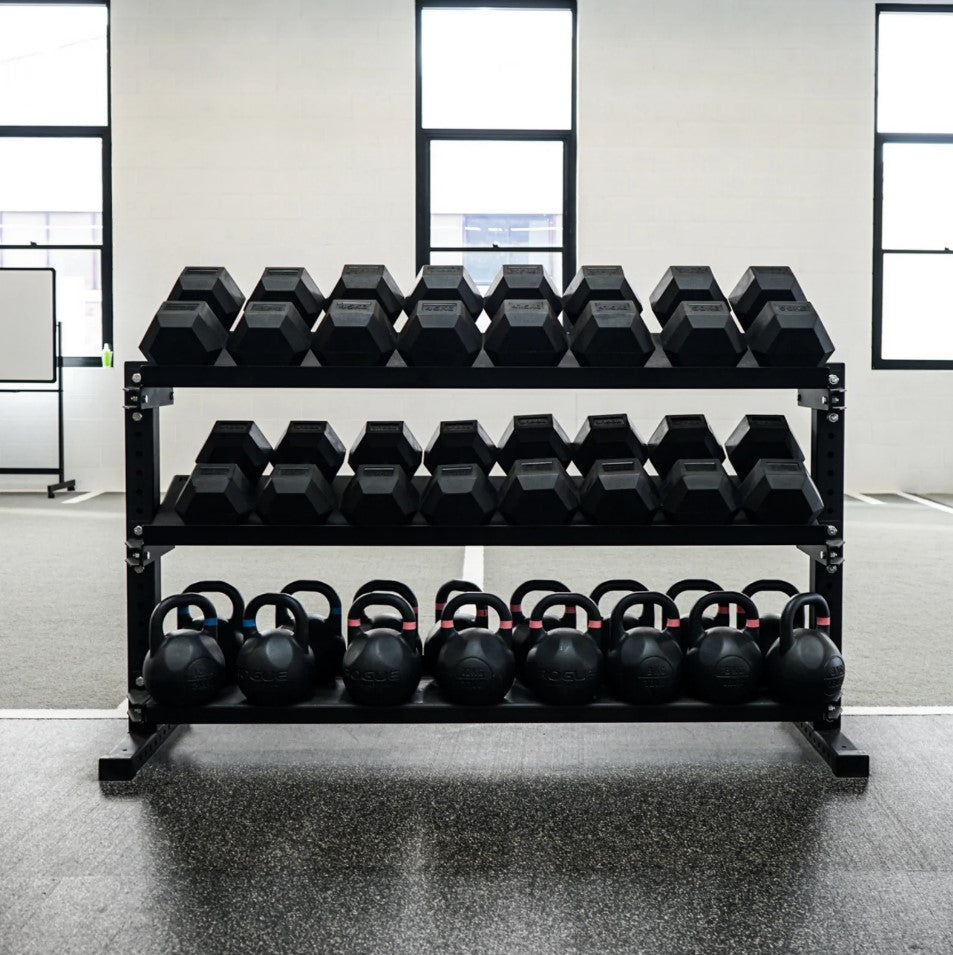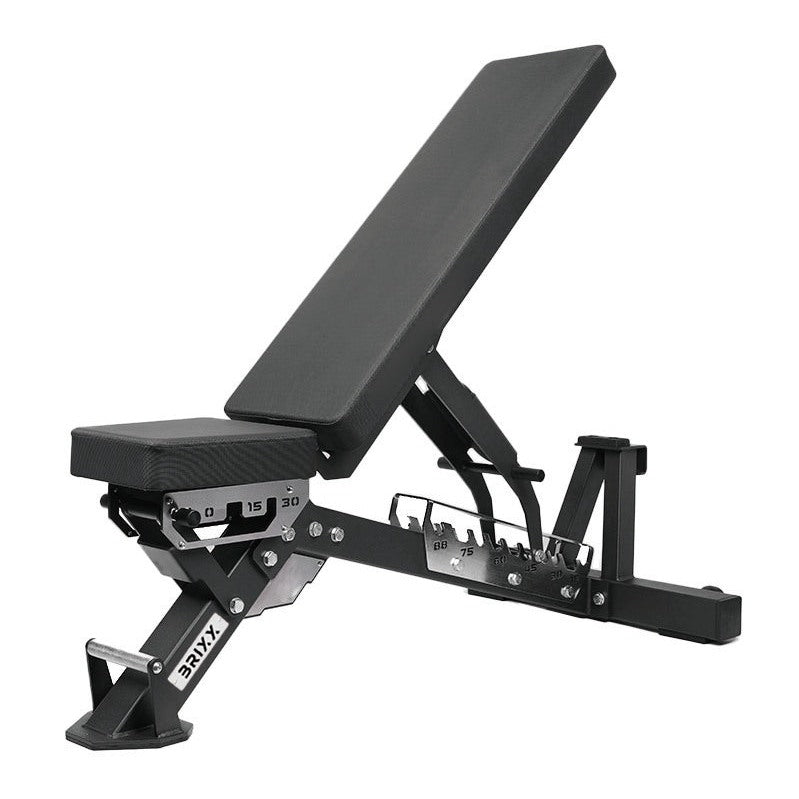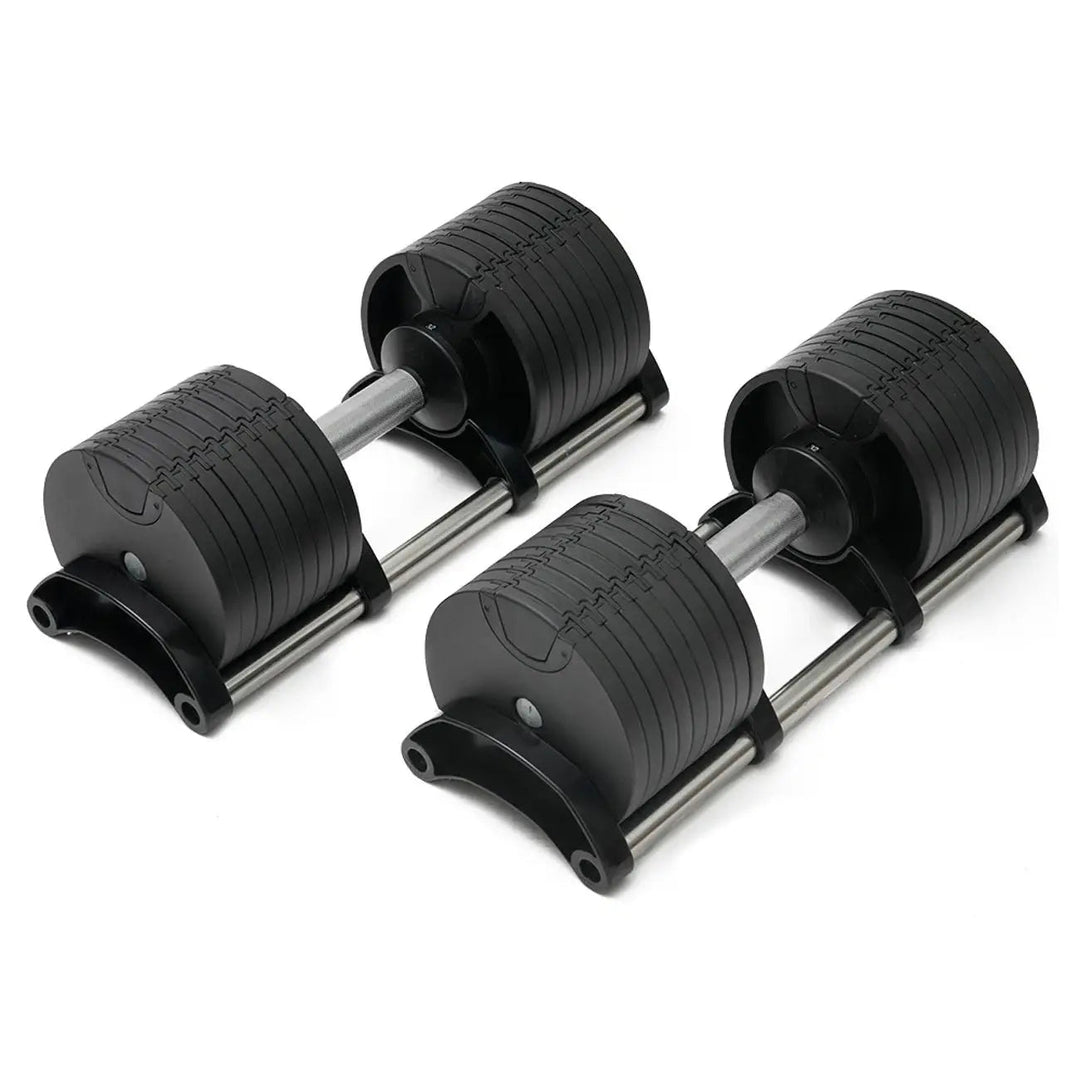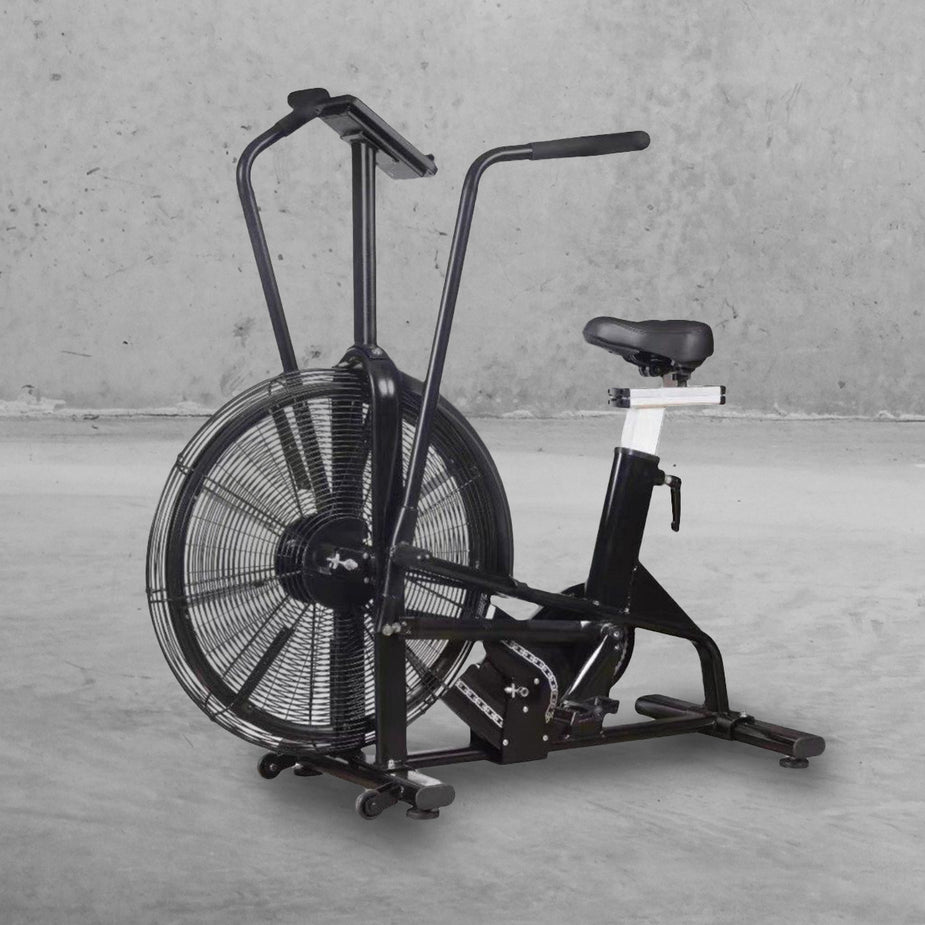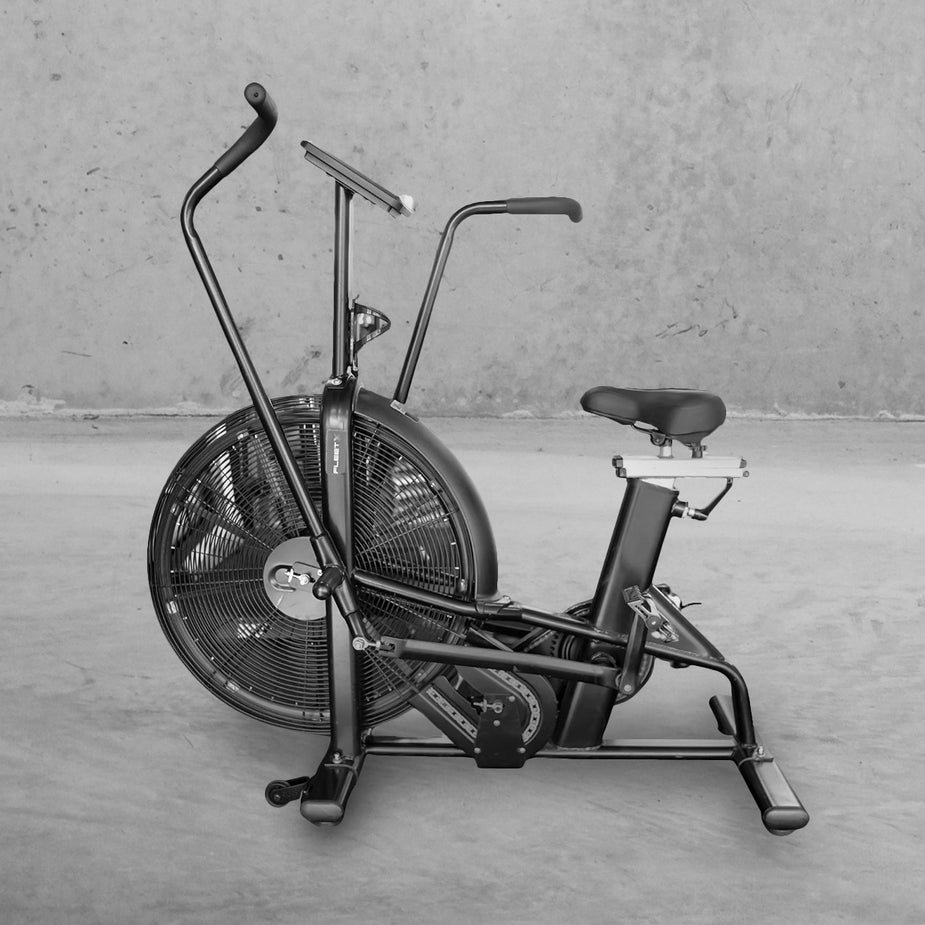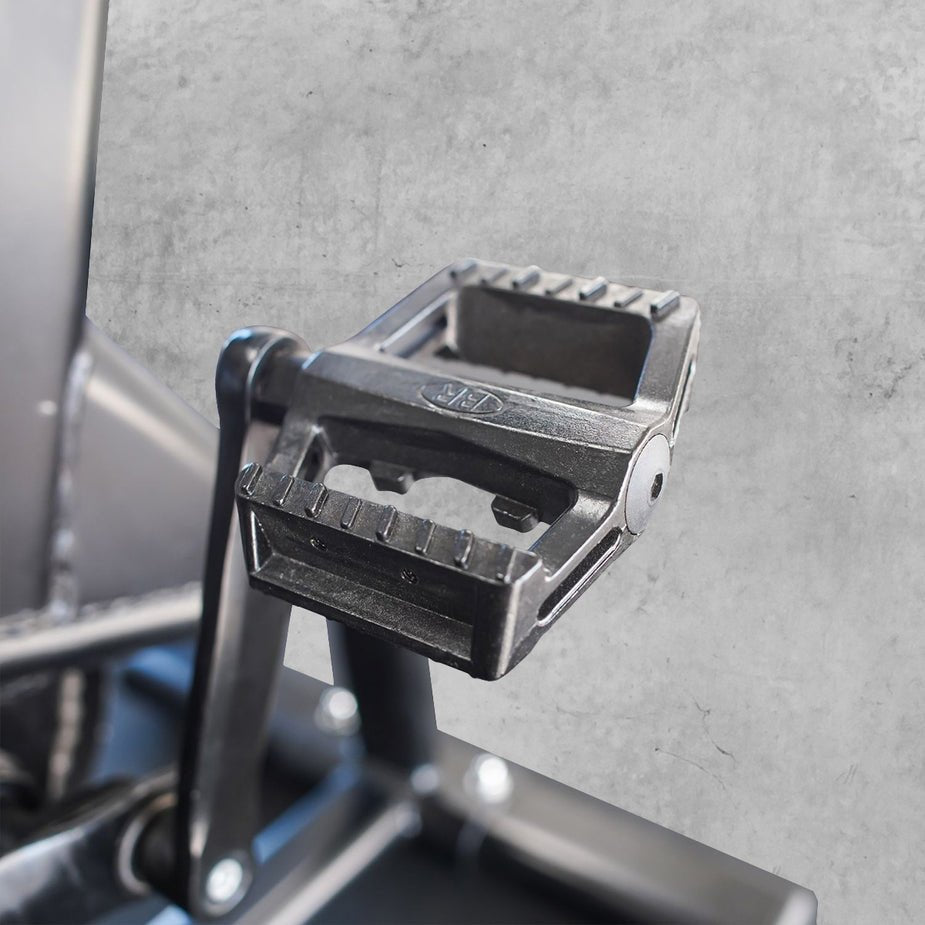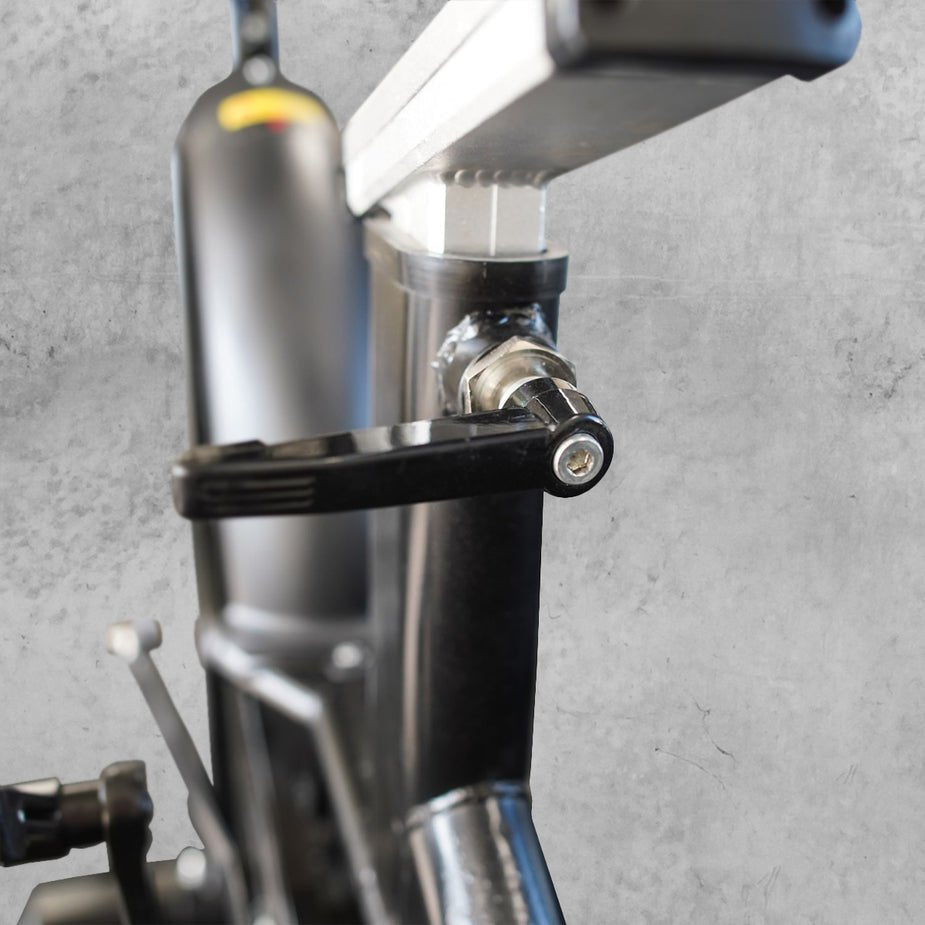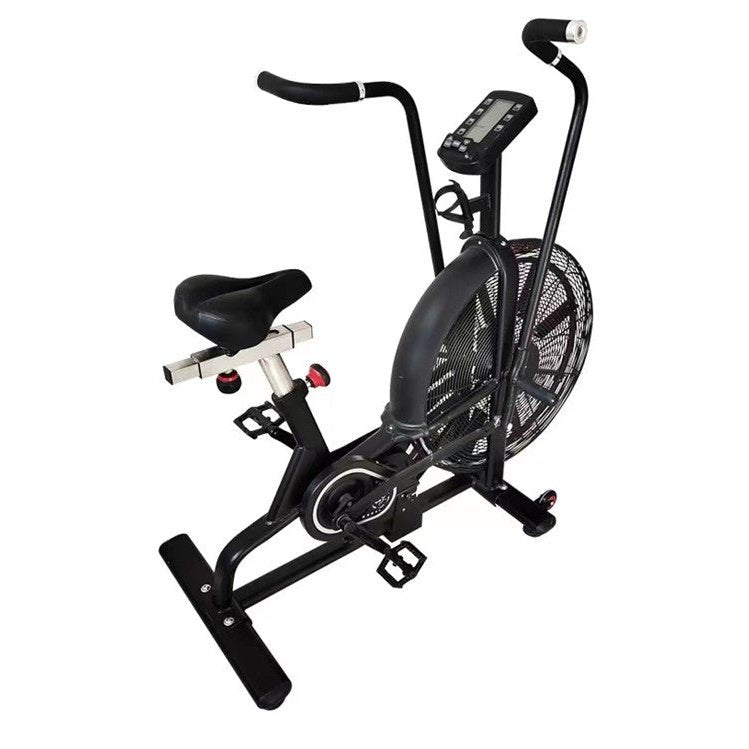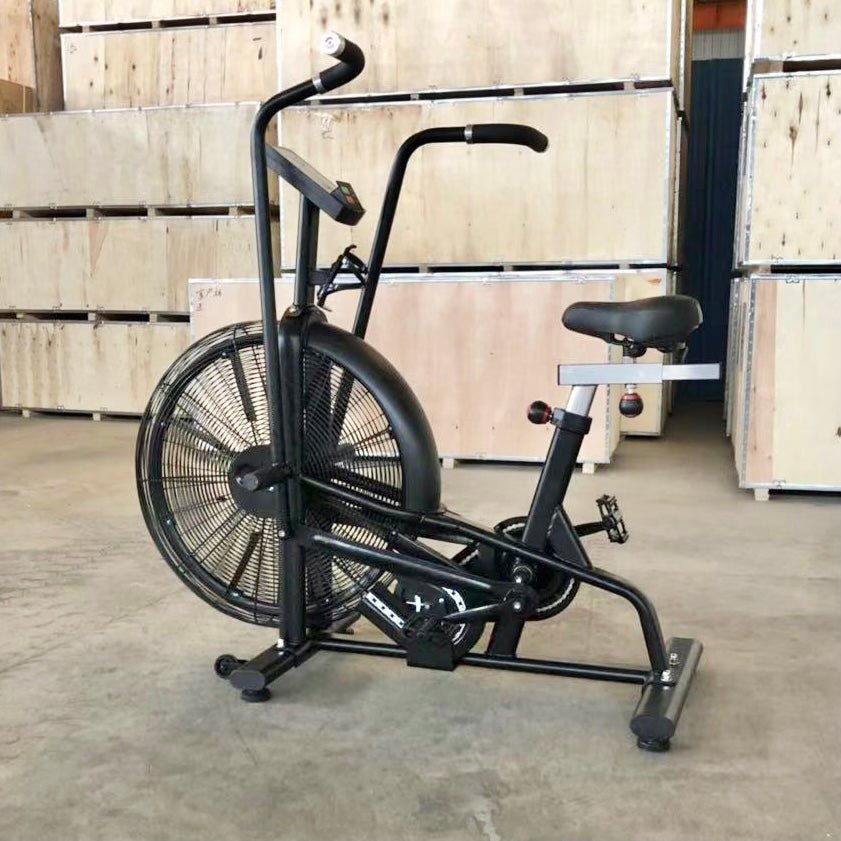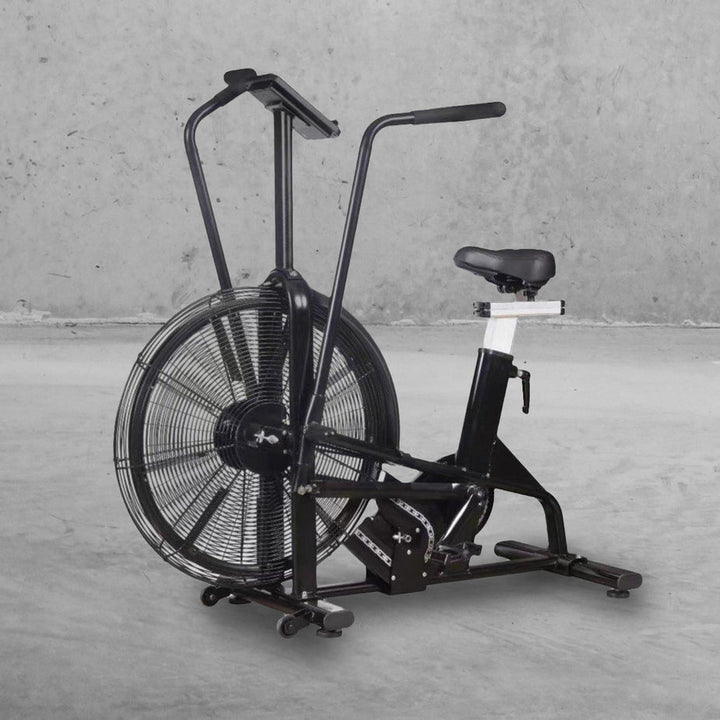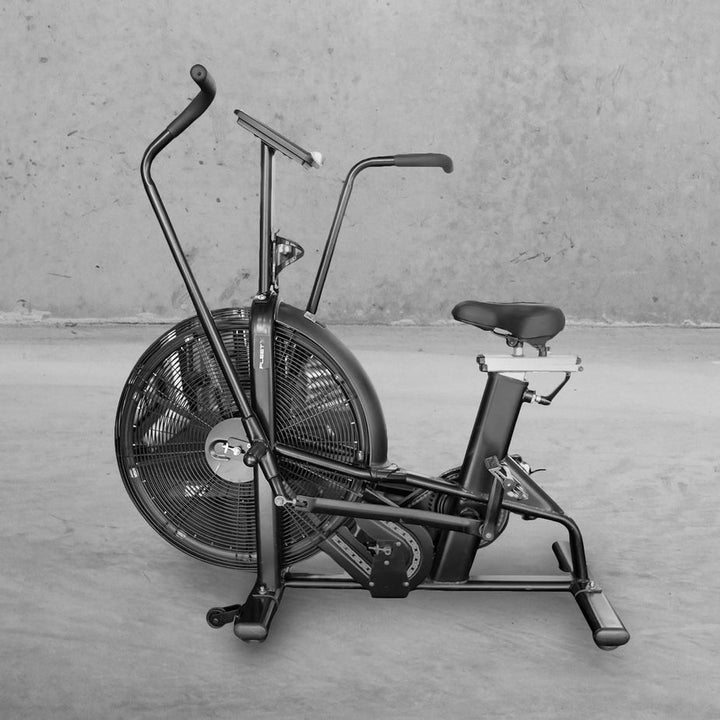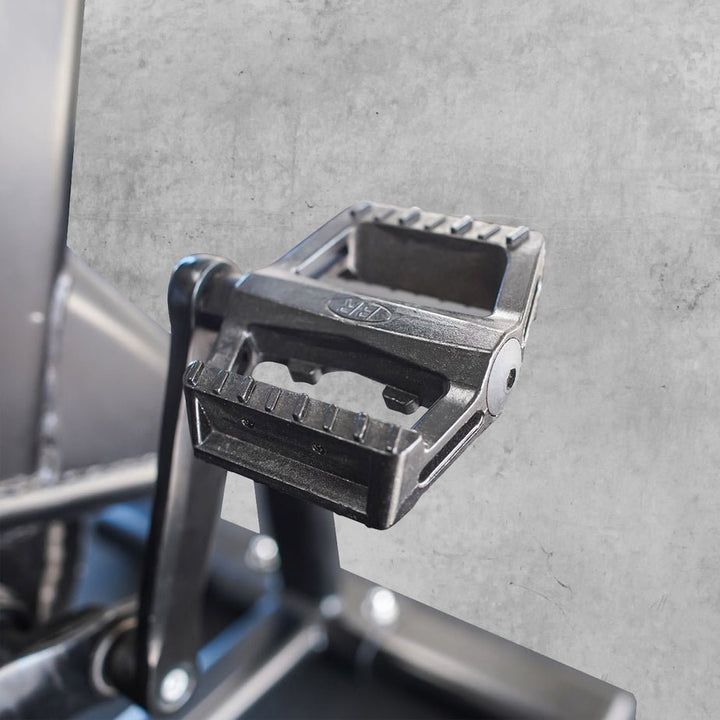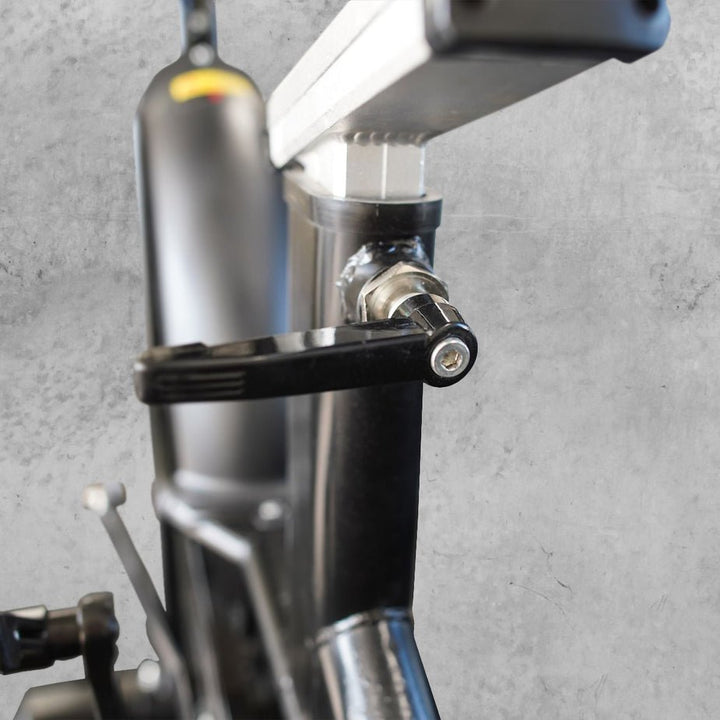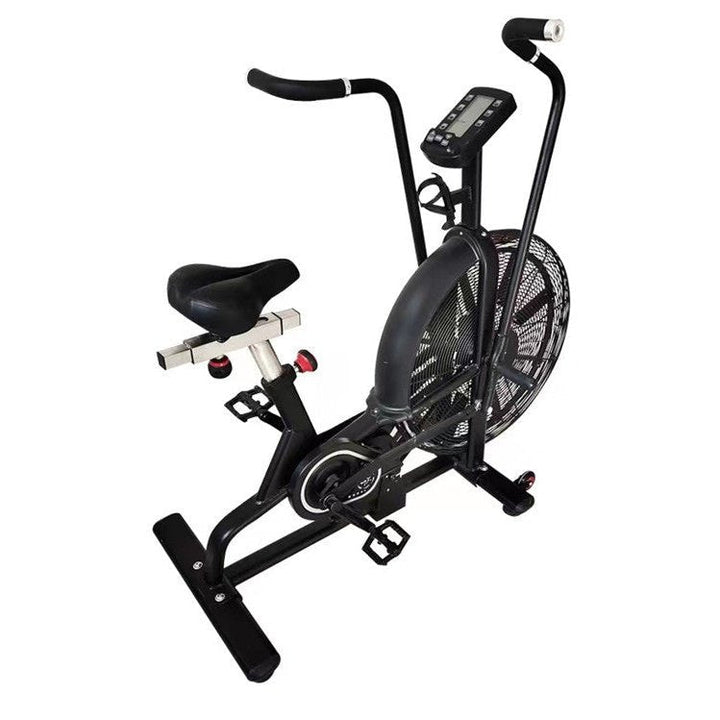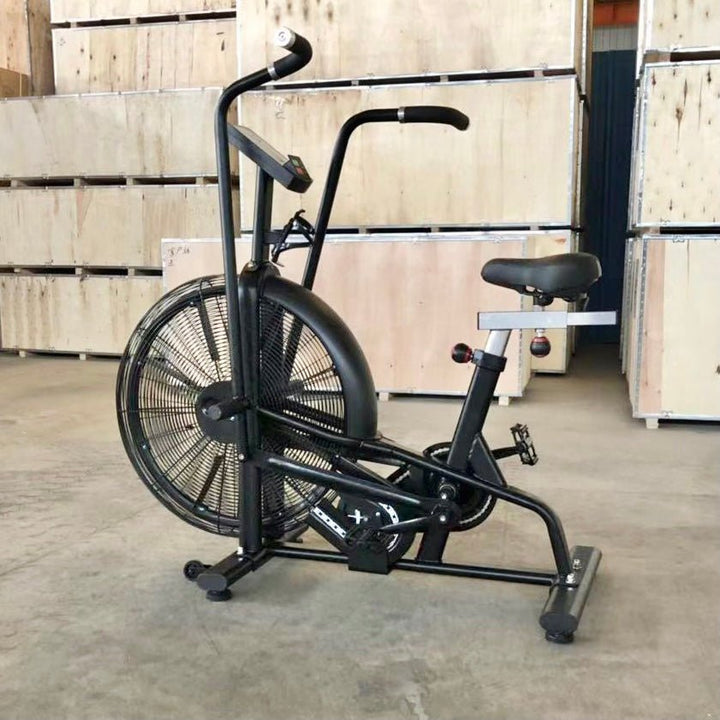Chest Press: Definition, Benefits, Techniques

Looking to build upper body strength and sculpt an impressive chest? The chest press is a foundational exercise that targets the muscles of the chest, arms, and shoulders, making it an essential part of any strength training routine.
What is Chest Press?
The chest press is a versatile strength training exercise that involves pushing a weight away from the chest. This can be done using various equipment like barbells, dumbbells, or specialized machines, and performed on a flat bench, incline, or decline to target different muscle groups.
What Are The Benefits of Doing Chest Press?
The chest press is an important exercise in any well-rounded strength training program. It works a variety of muscles in your body, making it a highly effective way to build strength and improve your overall fitness.
Here’s a list of the benefits of doing chest press:
- Muscle Development and Strength
The chest press is highly beneficial for building upper body strength. By targeting the pectoral muscles, deltoids, and triceps, it helps in developing a well-rounded and muscular upper body.
By increasing your muscle mass, you'll improve not only your physical appearance but also your overall strength and endurance, making daily tasks easier and reducing your risk of injury.
- Improved Posture
If you do chest press regularly, you’ll see an improvement in your posture. Strengthening the chest muscles can help counteract the effects of poor posture, which can be caused by prolonged sitting or hunching over electronic devices.
A strong chest supports the shoulders and upper back, promoting an upright posture and reducing strain on the spine.
- Increased Bone Density
Weight-bearing exercises like the chest press are known to increase bone density. This is especially important for preventing conditions like osteoporosis and maintaining bone health as we age.
By regularly engaging in resistance training, you can strengthen your bones, reducing the risk of fractures and improving overall skeletal health.
- Core Stability
Even though the chest press primarily targets the upper body, it also engages the core muscles. Maintaining stability and proper form during the exercise requires the activation of the abdominal muscles. This helps in building a stronger core, which is essential for overall balance and stability.
- Metabolic Boost
Another advantage of doing chest press regularly can also contribute to a higher metabolic rate. Muscle tissue burns more calories at rest compared to fat tissue. That’s why, by building muscle mass through exercises like the chest press, you can increase your resting metabolic rate, aiding in weight management and fat loss.
Muscles Worked By the Chest Press
Chest press primarily focuses on these muscles:
- Pectoralis Major
Pectoralis major is the large, fan-shaped muscle that covers your chest. It’s the primary mover in the chest press, responsible for pushing the weight away from your body.
- Triceps Brachii
The triceps muscles are located on the backside of your upper arm. They have a crucial role in extending your elbow, which is important to push the weight up during a chest press.
- Anterior Deltoid
Anterior Deltoid is the front portion of your shoulder muscle, which helps with stabilizing the weight and assists in the pushing motion.
- Serratus Anterior
This muscle, which sits on the side of your chest and ribs, helps rotate your shoulder blade and keeps it stable during the chest press movement.
- Biceps Brachii
Although considered a pulling muscle, the biceps also play a minor role in stabilizing the weight during chest press.
Chest Press Variations
Different variations of the chest press target specific parts of the chest:
- Flat Bench Chest Press:
Flat Bench Chest Press is the classic chest press variation performed by lying flat on a bench. It is considered the most versatile variation of chest press as it works the entire chest muscle uniformly. This makes it ideal for overall chest development, building a strong foundation for pushing strength.
- Incline Chest Press:
This variation of chest press is performed on a bench that is angled upwards. By adjusting the incline angle, you can target the upper portion of your pectoralis major more intensely.
The incline chest press also places greater emphasis on the front shoulder muscles because of the increased shoulder flexion involved in the movement.
This can be beneficial for those looking to build thicker shoulders alongside a stronger upper chest.
- Decline Chest Press:
As the name suggests, the decline chest press is performed on a bench angled downwards. This variation shifts the focus to the lower portion of the pectoralis major muscles.
It is important to note that the decline chest press can put more stress on your shoulders, so you need to make sure that you maintain the proper form and weight selection. Additionally, due to the decreased range of motion compared to a flat bench press, some lifters may find it less effective for overall chest development.
If you’re a beginner or just starting out, you can start with the flat bench press.
Chest Press VS Bench Press
While the chest press and bench press are closely related, the chest press often utilizes dumbbells or machines that allow for a greater range of motion and can be safer for those with shoulder issues. The bench press, typically performed with a barbell, requires more stabilization and engages additional muscle groups, making it a more complex exercise.
How to Avoid Injury When Doing Chest Press?
- Warm Up Properly
One of the most important steps to avoid injury when doing the chest press is to do a proper warm-up. Dedicate 5-10 minutes to light cardio and dynamic stretches to prepare your muscles and joints for the workout.
Focus on arm circles, shoulder rolls, and light dumbbell presses.
- Maintain Proper Form
Always remember to maintain a proper form when you’re doing the chest press. Lie flat on the bench with your feet planted firmly on the ground. Then, arch your back slightly to create a natural curvature in your spine.
Grip the bar just outside shoulder-width with your thumbs wrapped around the bar. Lower the bar to your chest. Keep your elbows tucked in at a 45-degree angle throughout the movement. Press the bar back up in a controlled manner, fully extending your arms.
- Start with Lighter Weights
Start with a weight you can control for 8-12 repetitions with perfect form. You can gradually increase the weight as you get stronger.
- Use a Spotter
Having a spotter is important, especially when lifting heavy weights. A spotter can help you lift the bar off the rack, assist if you struggle during the lift, and ensure that the bar is safely re-racked.
This extra layer of safety can prevent accidents and give you the confidence to push your limits safely.
- Focus on Breathing
Proper breathing technique is often overlooked but crucial for maintaining stability and strength. Inhale deeply before lowering the bar, hold your breath slightly to create intra-abdominal pressure and exhale forcefully as you push the bar back up.
This technique helps stabilize your core and supports a stronger lift.
Dumbbells for Doing the Exercise
For those looking to maximize their chest press exercises, BRIXX Fitness offers exceptional dumbbell options:
- BRIXX Rubber Hex Dumbbells: Our Hex Dumbbells are designed for longevity and safety. Constructed from one-piece forged material and covered with ultra-low odor rubber, they offer a fresh workout environment. The hex design prevents rolling, and the rubber coating protects floors and reduces noise. Available weights range from 2.5kg up to 30kg, ensuring options for all fitness levels. For storage, the set includes both a 6-tier and a 3-tier triangle hex dumbbell rack. Check out our extensive selection here.
- BRIXX 32kg Adjustable Dumbbell Sets, Rack, and Bench Package: This compact, space-efficient set is perfect for varied strength levels, with adjustable weights from 2kg to 32kg. It includes two adjustable dumbbells, a rack, and a commercial adjustable bench, offering a comprehensive solution for home gym. Learn more about this adjustable set here.
The chest press is a powerful exercise for enhancing upper body strength and improving your overall fitness. With the right equipment and techniques, you can safely progress in your strength training and achieve your fitness goals. Explore BRIXX Fitness for high-quality equipment that can transform your workout experience and help you reach peak performance. Don’t miss out on enhancing your workout regimen; check out our dependable, high-quality equipment today and take a significant step towards a healthier, stronger you!




